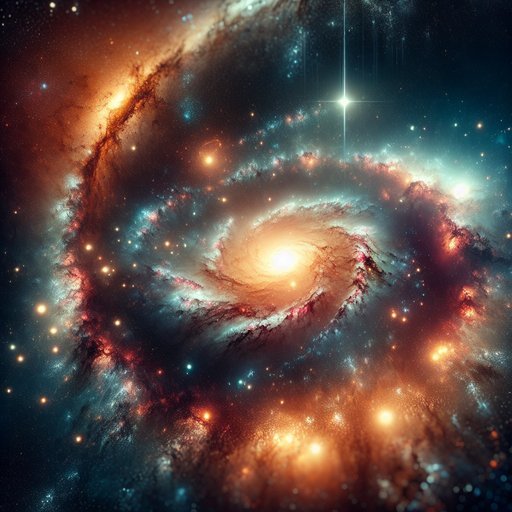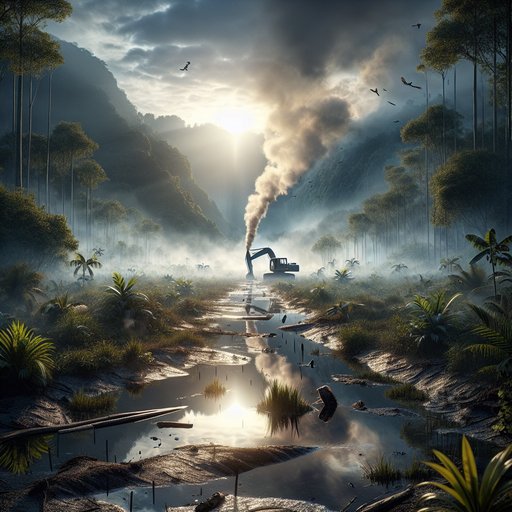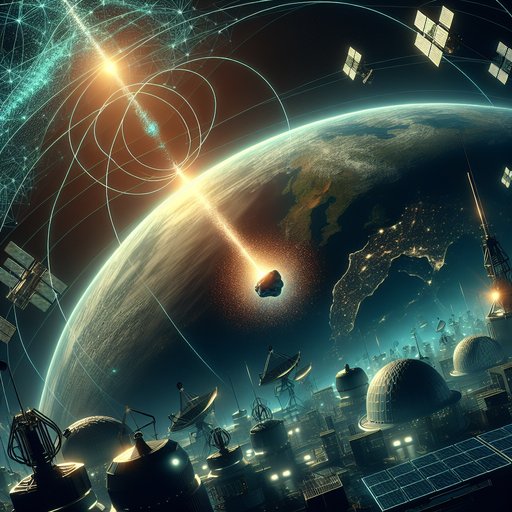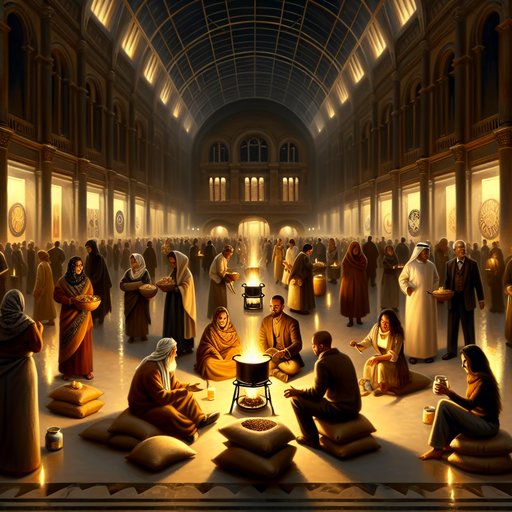
In an unprecedented breakthrough, the James Webb Space Telescope has unveiled the largest-ever map of the universe, spanning over 13 billion years of cosmic history. This monumental achievement has revealed ten times more early galaxies than scientists had initially expected, providing invaluable insights into the universe's evolution and sparking excitement across the scientific community[8][11].
The James Webb Space Telescope, with its powerful imaging capabilities, has captured a detailed panorama of the early universe, encompassing nearly 800,000 galaxies[1]. This map extends from the current day all the way back to the dawn of time, allowing researchers to visualize the universe's structure on an unprecedented scale[2]. According to experts, this comprehensive map will enable scientists to trace the formation and growth of cosmic structures, offering new perspectives on how galaxies have evolved over billions of years[3]. The discovery of a tenfold increase in the number of early galaxies alters previously held models of galaxy formation[3].
Prior to this revelation, models underestimated the galaxy-rich environment of the young universe. Such data compels researchers to re-examine theories on how these galaxies aggregated and formed stars at such a prolific rate. By revisiting these theoretical frameworks, astronomers hope to resolve long-standing questions about the universe's formative epochs[4]. This extensive survey not only broadens our understanding of galaxy formation but also enhances our knowledge of dark matter and cosmic inflation.
By mapping the universe's vast expanse, scientists can observe the gravitational effects of dark matter through the lens of these massive galactic clusters. Furthermore, these findings provide crucial data on the universe's expansion rate, helping to refine measurements of cosmic phenomena[1]. The James Webb Space Telescope continues to amaze with its ability to peer deeper than any previous observatory. As it further explores regions like the Sombrero Galaxy with its NIRCam, the telescope also sheds light on other formations like the Large Magellanic Cloud and the Butterfly Nebula[5].
Each observation brings us closer to understanding our place in the cosmos as we strive to unlock the universe's most profound mysteries[6][7].
Sources
- James Webb telescope unveils largest-ever map of the universe, spanning over 13 billion years (Live Science, 2025-06-06)
- James Webb telescope unveils largest-ever map of the universe, stretching from present day to the dawn of time - Live Science (Slashdot.org, 2025-06-07)
- Largest-ever map of the universe reveals 10x more early galaxies than expected (Science Daily, 2025-06-07)
- James Webb Space Telescope reveals largest-ever panorama of the early universe - Space (Slashdot.org, 2025-06-06)
- Webb Sees Sombrero Galaxy in Near-Infrared (NASA, 2025-06-06)
- Webb Sees Sombrero Galaxy in Near-Infrared (NASA, 2025-06-06)
- Hubble Unveils Galactic 'Cotton Candy' in the Large Magellanic Cloud (Gadgets360.com, 2025-06-08)
























